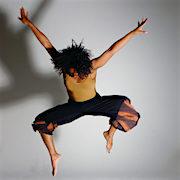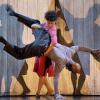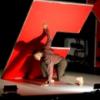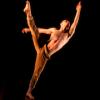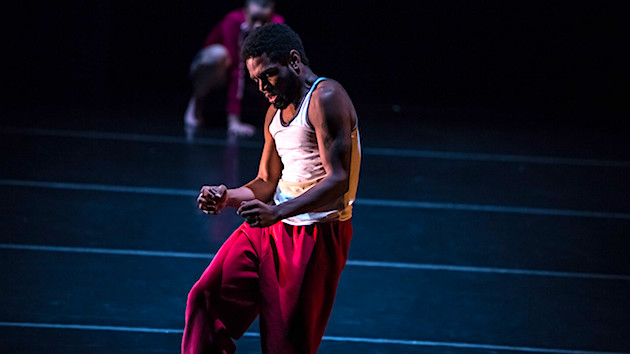
Cultural climate is a silent, all-powerful partner at this year’s Black Choreographers Festival, Here and Now 2018.
Amid volatile, societal conversations and controversial action on critical issues, the annual celebration showcases the work of emerging and mid-career African and African American choreographers, mostly from the Bay Area. The three-weekend festival roves from San Francisco’s Dance Mission Theater to a different program at SAFEhouse Arts to final performances at Laney College Theater in Oakland. Panels, workshops, classes, films, and spontaneous conversations during intermissions or post-performance gatherings add value and depth. The festival is co-presented by the African & African American Performing Arts Coalition and K*Star*Productions.
While a steady commitment to developing new venues, a diverse audience, and engaging programming has for years remained the same, this year’s festival hints at choreographers’ increasing activism and emits an atmosphere of urgency. Perhaps it reflects today’s broadband, high speed era, or the hyper-political environment. Regardless of the causes, dances featured at the 2018 festival—even adagio, quiet works—are intense, dramatic, strident, visceral, attention-grabbing.
Festival co-director Laura Elaine Ellis says narrative themes that address social justice issues through personal lenses are dominant. “Whether abstract or more literal, the works have a strong sense of storytelling and humanity at their core.”
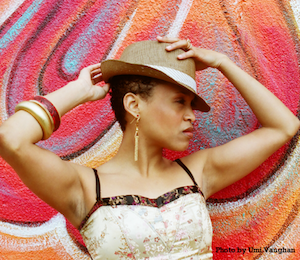
Live music plays a primary role, from original vocal and instrumental scores to spoken word. Delina Patrice Brooks’s Seeds of Peace includes original poetry and live singing; a new score by Chris Scarver supports his Cycles of Thought; Kai Hazelwood’s Seeking … is performed by four dancers to the live music of composer Alexander Millar; returning artist Joslyn Mathis Reed presents a solo in collaboration with singer-songwriter Itoro Udofia, and more.
Technology undergirds an excerpt from Dazaun Soleyn’s work-in-process, Metamorphic Existence. Preparing the eventual evening-length work for a premiere at Dance Mission Theater this spring, he explains the fundamentals. “Code switching is the phenomenon of an individual adapting their speech to the dominant language or culture in order to succeed or fit in. My piece expands or translates what’s conventionally understood as a linguistic practice to the world of the body. The work draws from my dancers’ experiences with code switching as well as my own.”
Ellis says a BCF program in June 2017, Soul to Soul: An Artistic Response to Baldwin and Coates, shed light on issues of race and social justice through the literary works of James Baldwin and Ta-Nehisi Coates. A deep commitment to activism expressed through art that encourages empathy and kinship has emerged as the byproduct of the earlier festival.
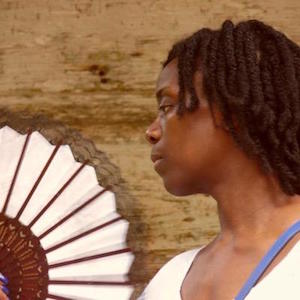
Words and their power, therefore, seem a natural emphasis for special events planned for the three weekends. K*Star*Productions founder Kendra Barnes offered highlights: Brooks will lead a writing workshop for dancers at Dance Mission Theater, S.F. and screen a film, Bare Soles Bare Soul. During week two at ODC Theater, an Artist to Artist conversation with Blanche Brown and Colette Eloi centers on the Bay Area dance scene. The final weekend, a master class with Latanya Tigner traces the evolution of historic or traditional dance forms to social dances and is followed by a panel discussion with Tigner and special guests.
Ellis says that through expanded partnerships and in 2018 especially, “[BCF] looks to bring community together, addressing issues of cultural equity and doing our small part to counter the troubling, current political agenda of divisiveness and cultural condemnation.”
Saving the best for last, it’s worth noting that the festival every year offers jubilant, uplifting—and yes, some challenging — dances created by bright, educated, eager, enthusiastic Bay Area talent.

